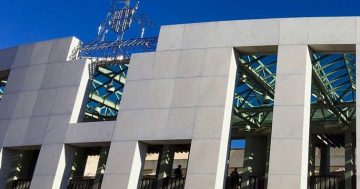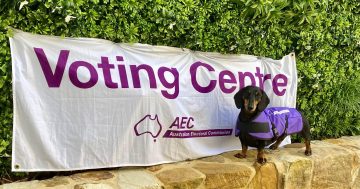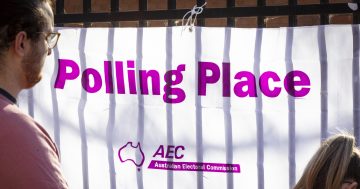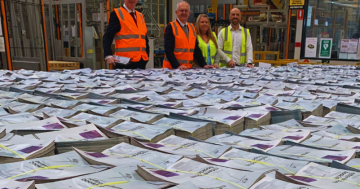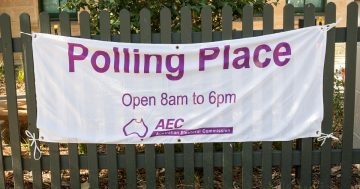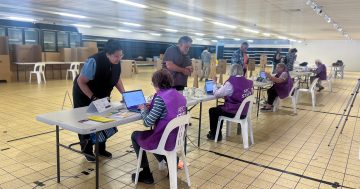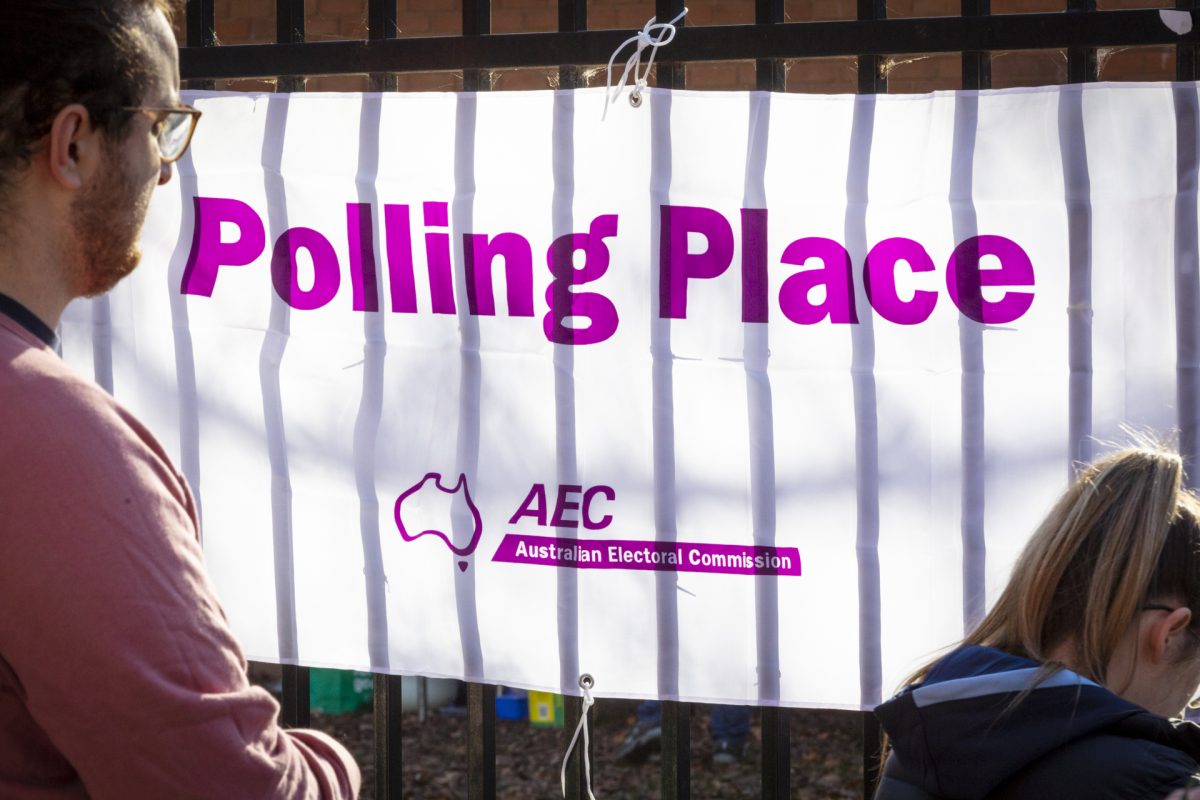
Pamphlets for the Voice referendum have now all been printed and are being mailed. Photo: File.
Any day now, Australians will start opening their letterboxes to find the official pamphlet outlining the Yes and No cases for this year’s Indigenous Voice to Parliament referendum.
The Australian Electoral Commission (AEC) has had them printed and says they should start arriving in mailboxes in the last two weeks of August.
AEC Commissioner Tom Rogers said he watched the printing process and personally picked the last copy of the pamphlet off the presses.
“I’m very satisfied with the quality and checking program that was in evidence right through the process,” he said.
“We’ve produced nearly 13 million copies that will be distributed as unaddressed mail to households across the country.
“This will include residents at places like caravan parks and nursing homes, and to have stock on hand at AEC offices and polling venues.”
Pamphlets being delivered will be written in English only, but it is currently being translated into 35 foreign languages, a range of First Nations languages and accessible formats such as large print and audio files.
“The creation of translated copies of the pamphlet and accessible formats takes time – not just to do the work but to have them quality assured,” Mr Rogers said.
“We’ll upload other formats as soon as we’re able to and expect this to begin, and continue progressively, in the coming weeks.”
Online versions of the pamphlet will remain available via the AEC website for the public to view.
Additionally, on the day of the referendum, there will be posters erected at polling venues that will link through to the online version of the pamphlet for people to view prior to voting.
The printed version of the pamphlet is 20 pages and will be accompanied by a separate four-page AEC guide to participation in the 2023 referendum.
“This is one of the nation’s, and the AEC’s, largest printing and distribution jobs so it’ll take time for all deliveries to occur,” Mr Rogers said.
“Delivery is getting underway shortly and will be completed by mid-late September.
“While we don’t yet know the date for the referendum, our decision to begin this activity now ensures all households will get their copy prior to the voting period commencing.”
The commissioner again stressed that the AEC had a purely administrative role in producing the pamphlet.
It did not write the material included in the pamphlet.
“We are just a post box,” he said.
“The official Yes and No cases were written and authorised by parliamentarians.
“The AEC had absolutely no lawful authority to change or ‘fact check’ the material regardless of how strongly some people may feel about it. At every step, we’re making the pamphlet available as soon as we’re able.
“We published the authorised cases on our website the day after the deadline for submission from parliamentarians and now we’re moving as swiftly as possible to deliver the pamphlet, so Australians have time to consume the material.”
Earlier this year, the AEC began increasing its efforts to reach the nation’s 17.3 million enrolled voters to inform them of why a referendum is necessary if a government is seeking to change the Constitution.
A range of educational resources, including AEC TV videos, animations, graphics and fact sheets, have been progressively distributed to help voters understand the referendum.
The social media accounts of the AEC continued to be an active, proactive and reactive presence, delivering messages regarding the history and role of federal referendums.
Australians have not voted in a federal referendum in almost a quarter of a century, with more than 6.4 million enrolled voters not of voting age when the previous referendum was held in 1999.
The referendum question will read:
A Proposed Law: to alter the Constitution to recognise the First Peoples of Australia by establishing an Aboriginal and Torres Strait Islander Voice. Do you approve this proposed alteration?
Australians will vote to amend the Constitution to include a new chapter titled Recognition of Aboriginal and Torres Strait Islander Peoples.
The provisions Australians will be voting to approve are:
- There shall be a body, to be called the Aboriginal and Torres Strait Islander Voice;
- The Aboriginal and Torres Strait Islander Voice may make representations to the Parliament and the Executive Government of the Commonwealth on matters relating to Aboriginal and Torres Strait Islander peoples; and
- The Parliament shall, subject to this Constitution, have power to make laws with respect to matters relating to the Aboriginal and Torres Strait Islander Voice, including its composition, functions, powers and procedures.













